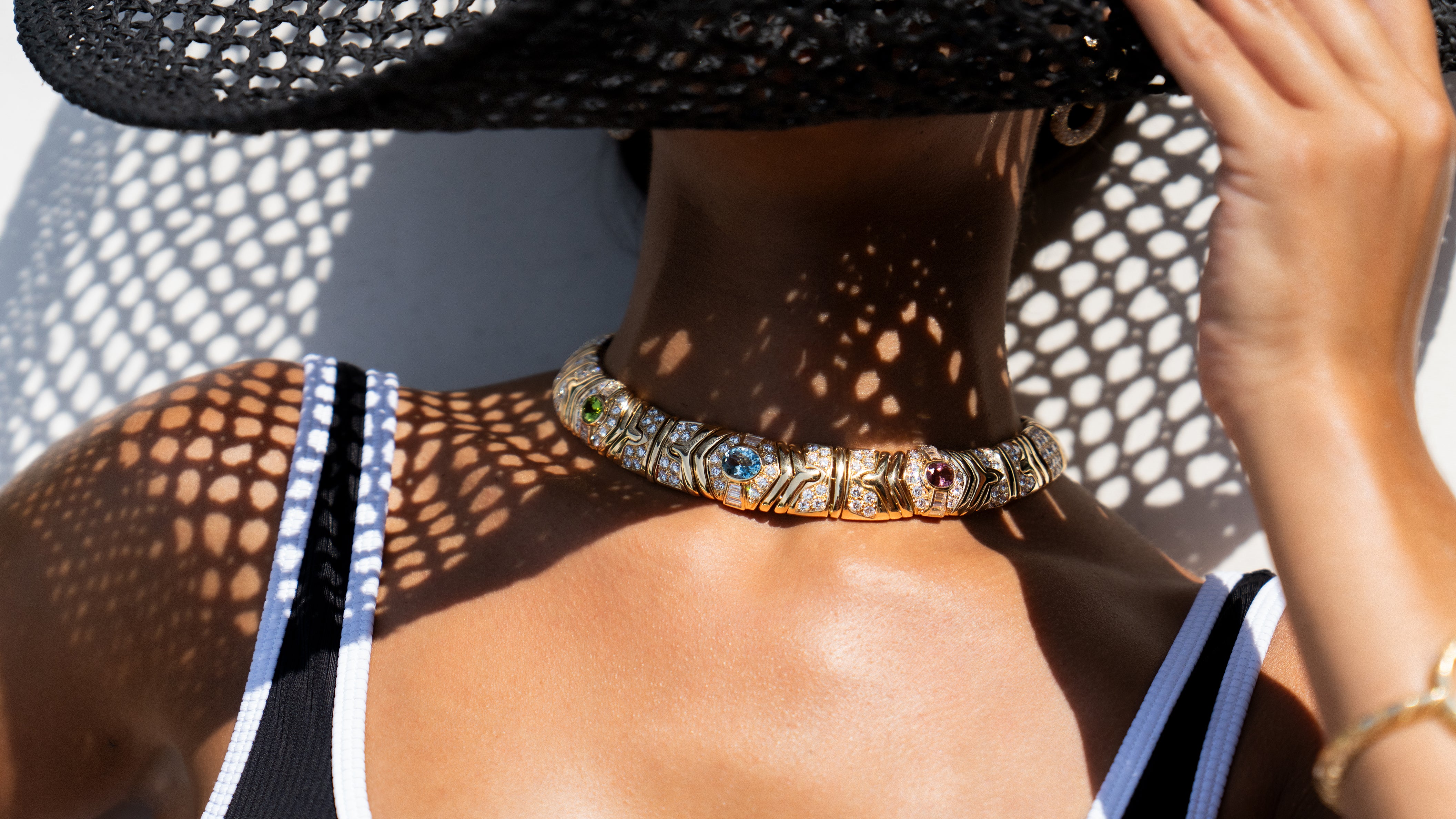Faberge
Some Background
Carl Faberge was a visionary and revolutionary as a jeweler who created not only jewelry but objects of art and trinkets for pleasure. His father was a jeweler who made an ample living making popular jewelry that was of standard design in St. Petersburg, Russia.
When his health began to fail, Carl took over the business in 1870. What 24-year-old Carl envisioned was jewelry and objects that were extraordinary and would be appreciated for the elements used, incredible designs and superior craftsmanship.
At the time that Carl assumed his father's business the tone of jewelry was measured by large sized precious stones - preferably diamonds and many of them - in standard settings. When young, Carl had been privileged to attend many museums and had seen superb collections.This provided him with an informal education in the decorative arts and resulted in him having a natural eye for beauty as well as an edge for design.
Carl had a penchant for gemstones that were native to Russia. Because he wanted to create objects of great beauty and individuality, he carefully selected gemstones and designed each item with precision. Aquamarines the color of the sea, Siberian emeralds considered the finest in the world and amethyst also found in Siberia were among his favorites. He preferred rose cut and brilliant cut diamonds.

The Pinnacle of Success
At the height of production he employed 500 designers, craftsmen and salesmen, who worked from 7:00 am until 11:00 pm six days a week. Diversity was encouraged among the crafstmen. Lapidaries were challenged to experiment with different cuts of gemstones. Enamellers were permitted to utilize numerous techniques and to explore new methods. Metalsmiths had opportunities to use different shades of gold and finesse in their work. The House of Faberge became renowned for its expertise and aesthetically pleasing pieces.
As The House of Faberge's reputation grew, they were commissioned for special projects among the aristocrats and wealthy. Pendants were produced as gifts for women attending a patron's dinner party. On one such occasion the pendants were exquisitely carved rock crystal with platinum and rose cut diamonds set in such a way as to resemble frost.
When the Romanoff Court celebrated 300 years in power, Faberge designed an elegant pendant to memorialize the anniversary. It incorporated the gold Romanoff eagle, the Imperial crown design as well as the dates of importance. The chased gold pendant was adorned with brilliant-cut Siberian amethysts.

Signature Faberge Styles
Other items produced were women's belt buckles with matching buttons, tiaras, jabot pins, earrings, bracelets and necklaces along with men's cuff links and stick pins. Although numerous items were produced daily all were carefully inspected by Carl himself. Because of his perfectionism, craftsmanship and quality were never compromised.
His head workmaster Albert Holmstrom was equally driven and the two made a fantastic team. Albert kept meticulous records including materials used, costs, a written description and a hand drawn and usually water colored representation of the design.
In addition to phenomenal jewelry, The House of Faberge created and is most well known for its highly decorated gemstone and precious metal eggs. To this day, modern enamel eggs are available for purchase. Other figurines and objects of beauty were also made to appeal to the wealthy.

A Lasting Impression
The tradition of excellence and beauty has long been associated with The House of Faberge and items are highly collectible because of their quality, worth and appearance. What began as a small family enterprise has sustained the interest and passion of collectors and connoisseurs for more than a century.
